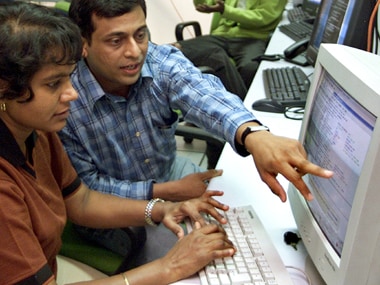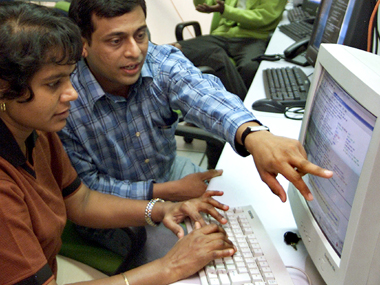Entrepreneurs and investors are skeptical about the Rs 10,000 crore startup fund of funds cleared by the Cabinet on Wednesday as no details of the disbursement have been revealed as yet. “The fund is expected to generate employment for 18 lakh persons on full deployment…A corpus of Rs 10,000 crore could potentially be the nucleus for catalysing Rs 60,000 crore of equity investment and twice as much debt investment,” said an official statement on Wednesday. [caption id=“attachment_2851760” align=“alignleft” width=“380”]  Representation image. Reuters[/caption] However, the statement did not have details on how will it be disbursed, who will disburse it, who will qualify to get the funds. Welcoming the government’s move, many experts and those working in the startup ecosystem were pondering aloud on how the capital will be disbursed. In 2014, start-ups employed over 65,000 people and this number is expected to rise to 250,000 in 2020. According to the Nasscom Startup Report 2015, India is among the five largest startup communities in the world with the number of start-ups crossing 4,200, registering a growth of 40 per cent, by the end of 2015. In 2015, the story changed with as many 13 start-ups shutting shop. Investors want to know long-term plans before they invest money in a start-up. An idea alone that got funded like in the dotcom period or during 2014 and earlier, changed in 2015 with valuations too hurting unicorns. Year 2016 has now got the government’s much announced funds for the start-up sector. How will this pan out for the ecosystem? Anish Jhaveri, Co-Founder, Oliphans Capital – an early stage investment firm was skeptical of the fund reaching the target entrepreneur. He reasoned that PM Modi’s intentions were honourable but he wasn’t sure that that intention percolated to the Finance Ministry. Citing Gujarat, Jhaveri explains his point, “There is a 15 percent entry tax on e-commerce goods and products into Gujarat. This is an addition to the 10 percent VAT charges. So Gujarat is not in tandem with the PM’s wishes to aid entrepreneurship as those outside the state who have innovative and good products and services will be taxed. There is a disconnect then,” he said. Mahesh Murthy, Co-Founder, Seedfund, hoped that it would not be like the Atal Incubation Centre. This was set up to promote and encourage start-up in specific sectors such as manufacturing, agriculture, transport, etc and funding would be considered only for those applicants who had 10,000 sq ft built-up space. “Would the government come with similar riders?” asks Murthy, adding that with real estate being so costly in metros, how did the government even come up with this rider. It is well-known that no funds announced by the government will be easily available and there will be multiple filters before it ever reaches its target. That should be something that one should accept, points out Ravi Gururaj, entrepreneur, evangelist, mentor. “I would like to see the government disburse the funds quickly after due diligence.” The devil is in the details, which as of now has not been spelt out. Rajat Tandon of Nassocm hoped that the execution of the funds would be transparent and beneficial to the ecosystem it is targeted. “I hope there are no riders to the fund being disbursed,” he said. The number of VCs in the country are only a handful and any funding for the sector is a welcome step. A fund by the government for the people is a big step. But how is this ‘big’ number going to be disbursed, asks Harish HV, Partner, Grant Thornton India LLP. “We are talking about disbursing funds to around 5,000 or 10,000 startups. Just providing funds won’t work. Startups need mentors, manager, experienced people. Who will ensure that they get this support?," he said.
The devil is in the details, which as of now has not been spelt out
Advertisement
End of Article


)

)
)
)
)
)
)
)
)



